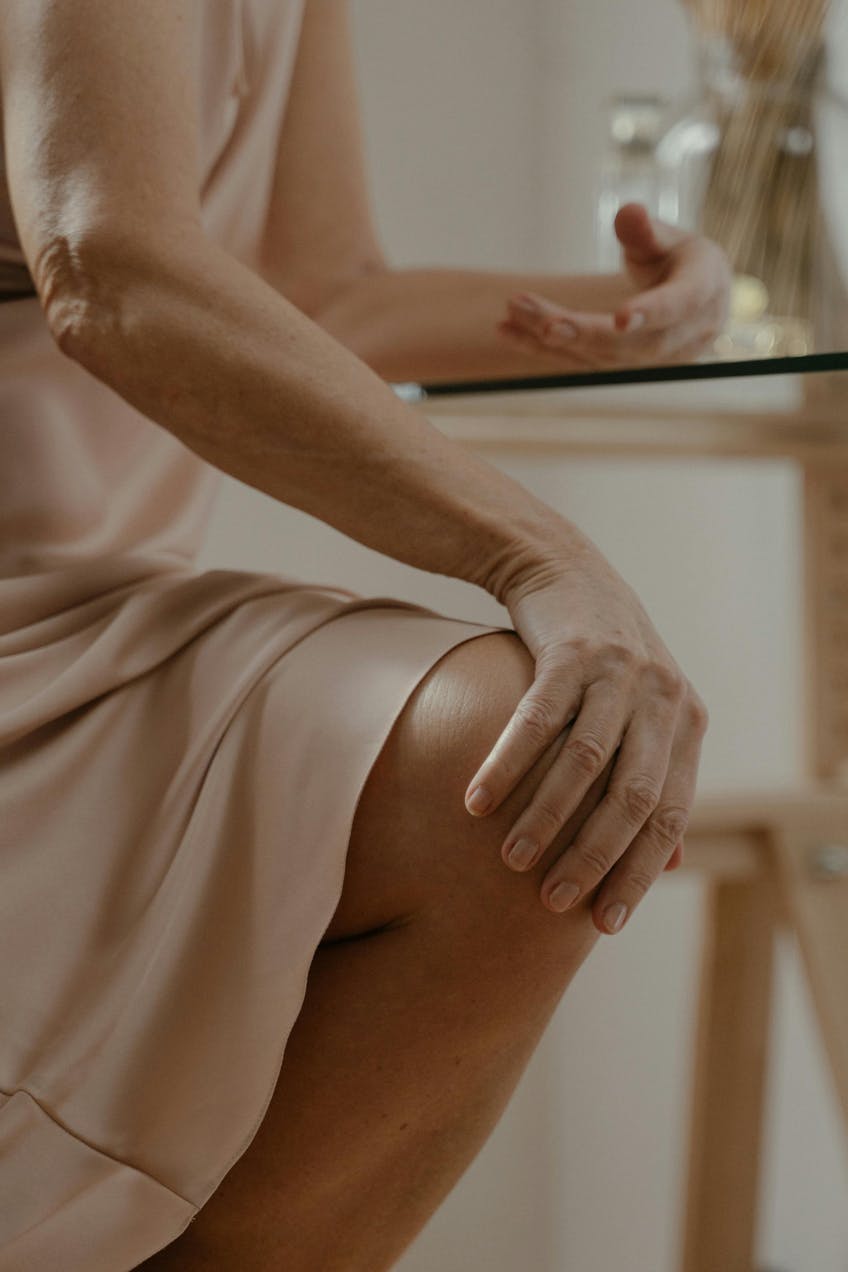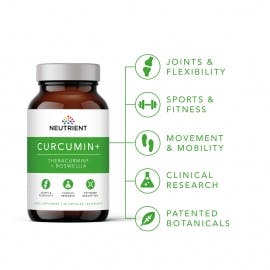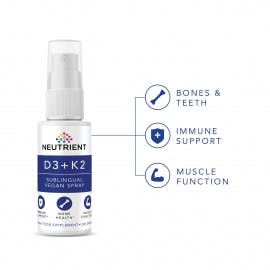Why Women Experience Joint Pain in Menopause and What Helps
Many women notice new aches, stiffness, or even bursitis during menopause. Although age may be a contributing factor, joint pain is also linked to falling oestrogen levels. Oestrogen plays an important role in tissue health by contributing to collagen production. It also has a regulatory role in inflammatory processes and influences muscle protein synthesis. These combined factors help to keep your joints cushioned, flexible, and less inflamed.
When oestrogen levels drop, tissues thin and dry out a little, inflammation goes up, and muscles don’t protect the joints as well. That’s why pain and stiffness become more common in the lead-up to menopause and may continue for some time, unless you take action.
Joint Pain Solutions
Hitting menopause needn’t mean a lifetime of aches and pains; fortunately, some natural nutrients and botanicals can really help. Here are four steps you can take to help ease some of the discomfort:
1. Calm the fire – Curcumin from turmeric and Boswellia are plants that have both been used historically in traditional medicines to help ease inflammation. They work in slightly different ways, but together they have powerful effects.
2. Lubricate the joints – Omega-3 fatty acids, from oily fish or walnuts and flaxseeds, reduce inflammatory messengers in the body and keep joints moving more smoothly.
3. Rebuild the structure – Collagen is one of the most abundant proteins in the body. It acts as a building block for cartilage, tendons, and connective tissue, helping with joint comfort and resilience. Vitamin C is also a key part of this process, helping the body to produce collagen.
4. Strengthen the foundation – Vitamin D, especially with magnesium, supports healthy bones and muscles. Low levels are common in women and may contribute to joint discomfort. Since sunlight isn’t always enough, particularly in winter, vitamin D supplementation can help maintain optimal levels
While these four steps can make a real difference in keeping joints happy and mobile through menopause and beyond, a few lifestyle tips can give you additional support:
- Engage in regular physical activity that includes weight-bearing exercises to maintain joint stability.
- Follow an anti-inflammatory diet rich in whole grains and vegetables, and avoid inflammatory substances like alcohol, processed foods and red meat.
- Ensure you get sufficient protein to help slow the natural decline in muscle mass associated with menopause.
- Manage stress with yoga, meditation or breathing exercises to regulate inflammation.
- Gain adequate sleep to help the body repair tissues
These selected dietary nutrients will not only help support joint comfort but may also benefit other common menopausal symptoms, such as sleep difficulties, changes in skin, low mood, anxiety, and vaginal dryness.








